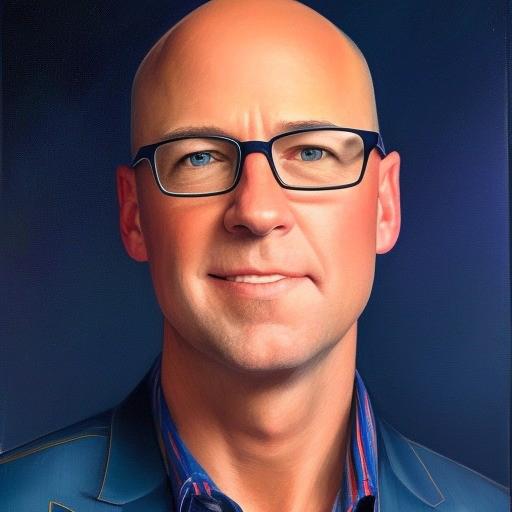The health of the founder sets the rhythm for the health of the company.
For years, I thought wellness was a personal matter — something to manage on the side while you pursued your real work. But the longer I’ve been building Chief of Chaos, the more I’ve realized: health isn’t a side practice. It’s the infrastructure.
When I’m rested, present, and grounded, I make sharper decisions. I listen better. I lead without leaking stress onto others. And when I’m not? Everyone feels it.
Wellness is a Business Competency
We don’t talk about this enough. Especially in early-stage companies, where intensity is baked into the culture. But founder wellness isn’t just a self-care issue. It’s a strategic one.
Your nervous system is your leadership operating system.
And if it’s constantly in fight-or-flight, your company will start to mimic that energy: reactive, scattered, unsustainable.
What Burnout Taught Me
I used to treat wellness like a reward — something you earned after big pushes. But that model eventually broke down. I pushed too long. Ignored the signs. And burnout didn’t just affect me. It affected my clarity. My judgment. My ability to lead with empathy.
I realized I didn’t just need better habits. I needed a new belief:
Health is not the cost of success. It’s the prerequisite for it.
Designing for Health
At Chief of Chaos, we don’t have it all figured out. But we’re building with a few principles in mind:
- Rhythm over rigidity — honoring energetic seasons, not enforcing fixed schedules
- Presence over performance — showing up human, not just efficient
- Sustainability over sprinting — building habits we can carry, not just endure
I start with myself. My routines, my boundaries, my relationship to stillness.
Because if I’m modeling burnout, the brand will absorb it.
And if I’m modeling clarity, the culture can carry it.
A Personal Note
This belief isn’t just theoretical for me. My father spent decades in ministry and pastoring before founding his own church in Greenwood Village, Colorado. Statistically, that profession carries immense pressure and burnout. But he served well for a long time — leading thriving communities — because he understood something I didn’t fully grasp until recently:
Health is strategy.
He didn’t wait for burnout to force a change. He built rhythms, boundaries, and space for restoration into the way he worked. He modeled the kind of leadership I’m still learning to practice.
Mirror Moment
What is your current relationship to wellness — and how is it shaping your work?
Where are you mistaking depletion for discipline?
Thanks for reading.
More signal, less noise.
— Brandon


